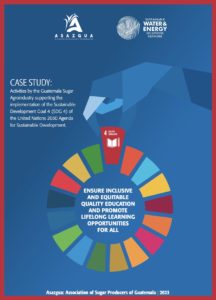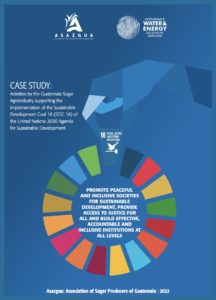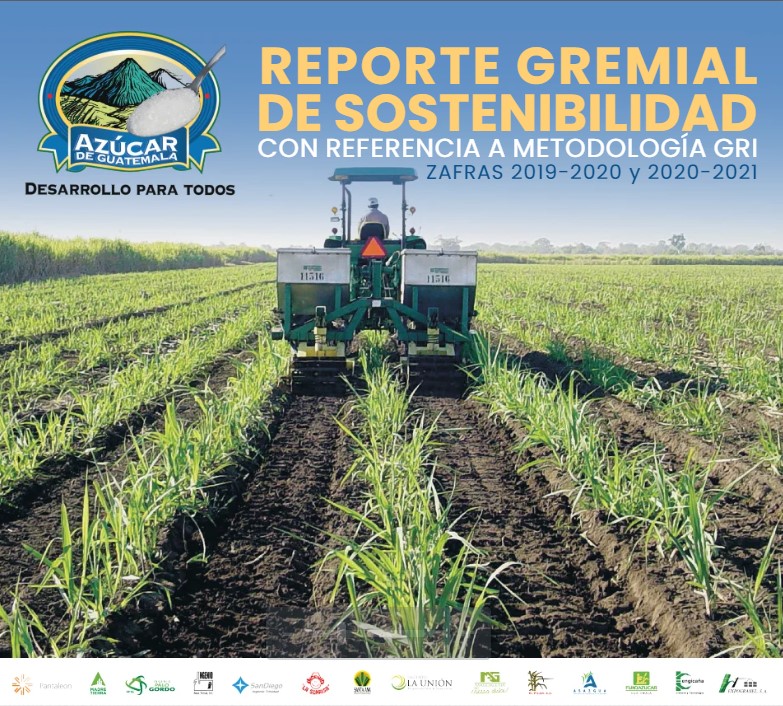The Guatemalan Sugar Industry, represented by the Guatemalan Sugar Producers Association, took part in the United Nations 2023 Water Conference at the side event: Water and Energy for Sustainable Development: Integrated solutions supporting regional cooperation, climate resilience and biodiversity.
The objective of the event was to provide an opportunity for the exchange and dissemination of knowledge and experiences on integrated water and energy solutions in different regions of the world, for which representatives from public and private organizations from Spain, Finland, Guatemala, the Netherlands, Mexico, Ethiopia, Brazil, and Paraguay, shared their experiences.

The event supports the objectives of the Global Network on Sustainable Water and Energy Solutions, which Asazgua is part of, and brought together multi-stakeholders to discuss and showcase existing initiatives on effective solutions addressing the water-energy nexus. Luis Miguel Paiz, CEO, and Andrea Bolaños, Sustainability Manager, and director of Fundazucar participated on behalf of Asazgua.
During her presentation, Andrea Bolaños explained how sugar production in Guatemala is committed to meeting the objectives and goals, as well as other global objectives, such as Climate Change, Biodiversity and Human Rights. Bolaños pointed out: “We are more than sugar; we are energy for sustainable development”. Asazgua shared her experience regarding sustainable water management and renewable energy generation.

“Since the year 2000 we have developed 7 policies that provide the sugar industry with business and human rights frameworks,” added Bolaños. Asazgua recently presented the contributions of the Guatemalan Sugar Industry to the SDGs promoted by the UN.
Bolaños added that the Sugar Industry produces renewable electricity for the operation of sugar mills and covers at least 30% of the electricity demanded by the country (Guatemala), all this using 100% of the residual biomass that allows the production of green energy.
The Sustainability Manager of Asazgua shared the main practices that the Sugar Industry in Guatemala has implemented to make sustainable use of water in production processes, ranging from reuse to the development and implementation of technology to optimize and reduce water use. Likewise, she shared the actions that are carried out to promote access to water and sanitation in the communities of the south of the country.
The event was held within the framework of the United Nations Water Conference 2023 that takes place in New York and that brings together representatives of different sectors in the world with the purpose of establishing a common agenda of immediate actions to accelerate the implementation and impact of solutions to address global water challenges.














































